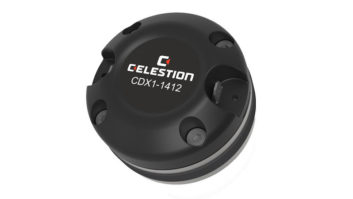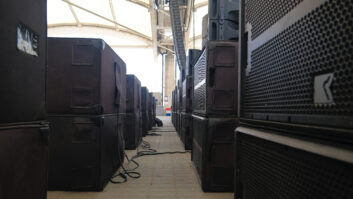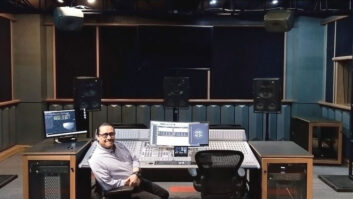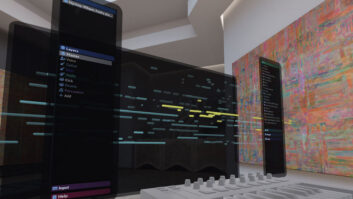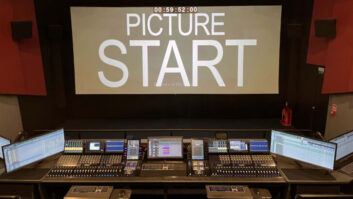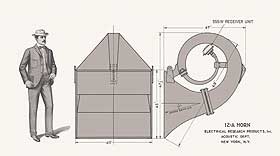
In 1926, talking motion-picture development was well under way, but with the low-power amps available at the time, high-output reproduction was pretty much out of the question. Given that premise, two Bell Labs engineers, Edward C. Wente and Albert L. Thuras, offered what they described as an acoustical device using a “light piston-type diaphragm” driven by a light rigid coil. The diaphragm/voice coil was set within a dense electromagnetic structure and designed to mount onto a horn.
The resulting Western Electric Model 555-w “receiver” was surprisingly close to modern high-frequency compression drivers, with its 0.002-inch thin aluminum-dome diaphragm, corrugated surround, phase plug and threaded mount for fitting the driver on a variety of horns. Shown on the previous page is the 555-w mounted on a Model 12-A horn having a 45×45-inch throat opening and an 11-foot exponentially tapered pathway. The driver/horn combination proved highly efficient, achieving high SPLs from low-powered amps, whether used alone or with cone woofers for extended low-frequency performance.

